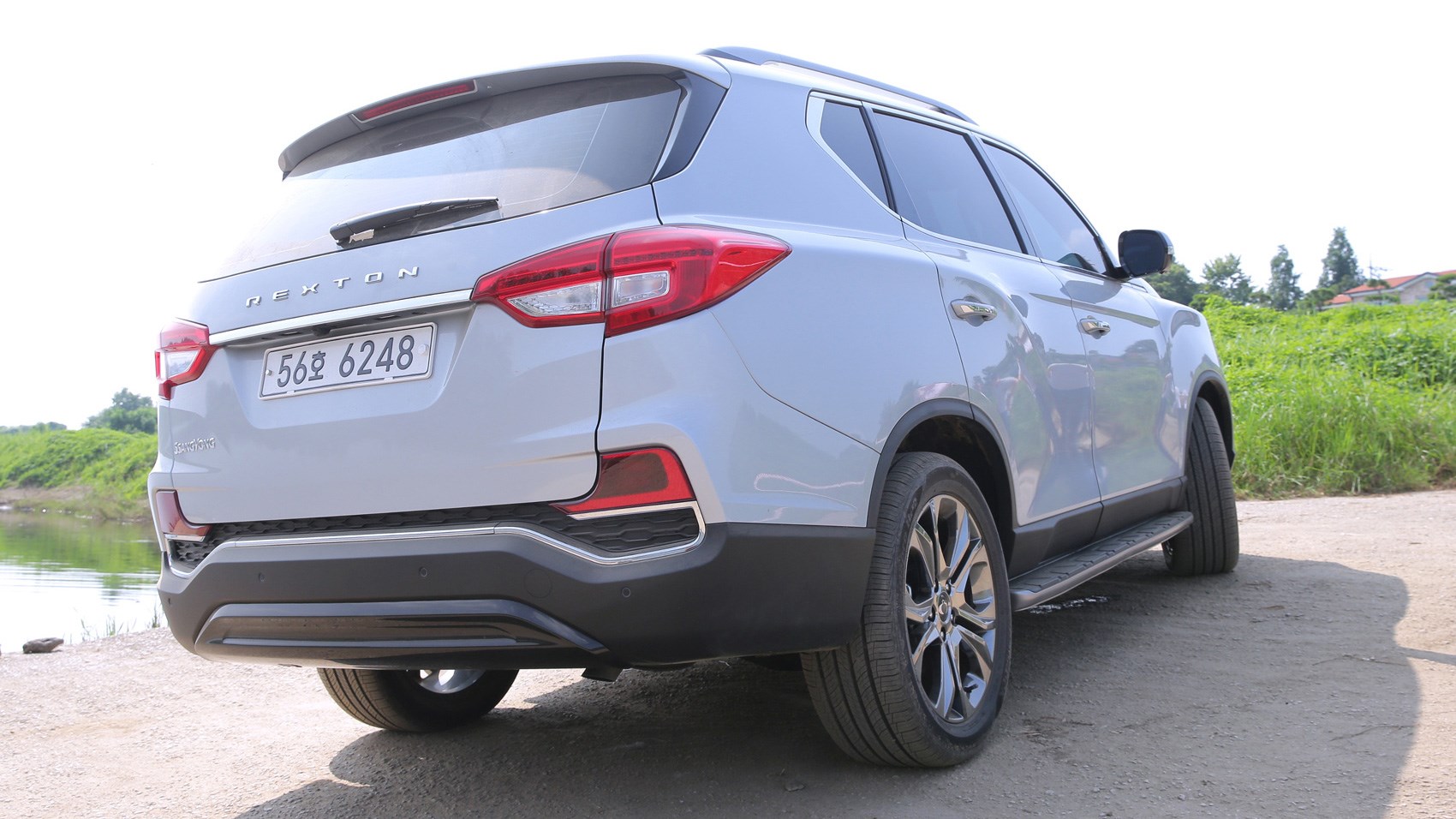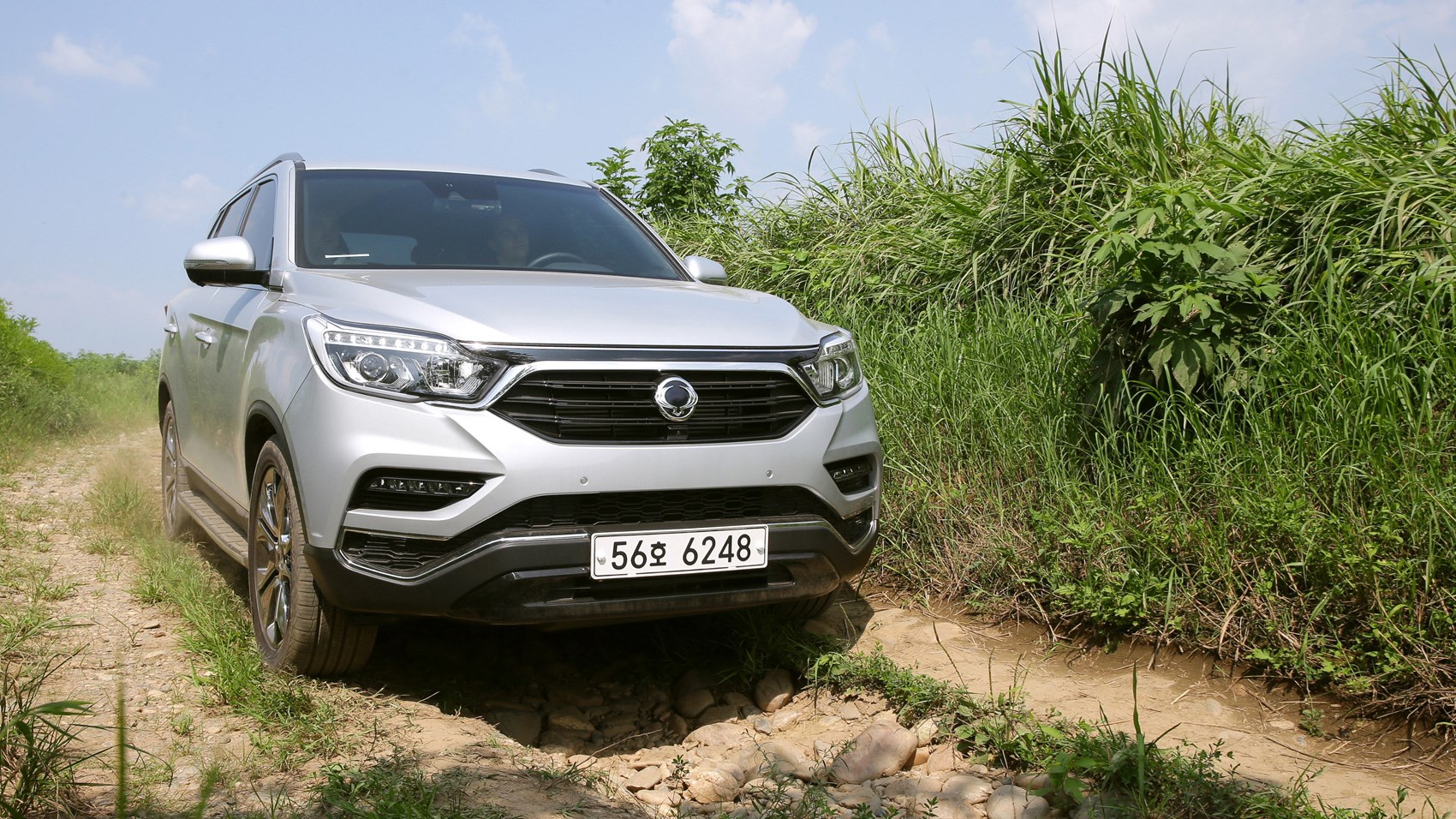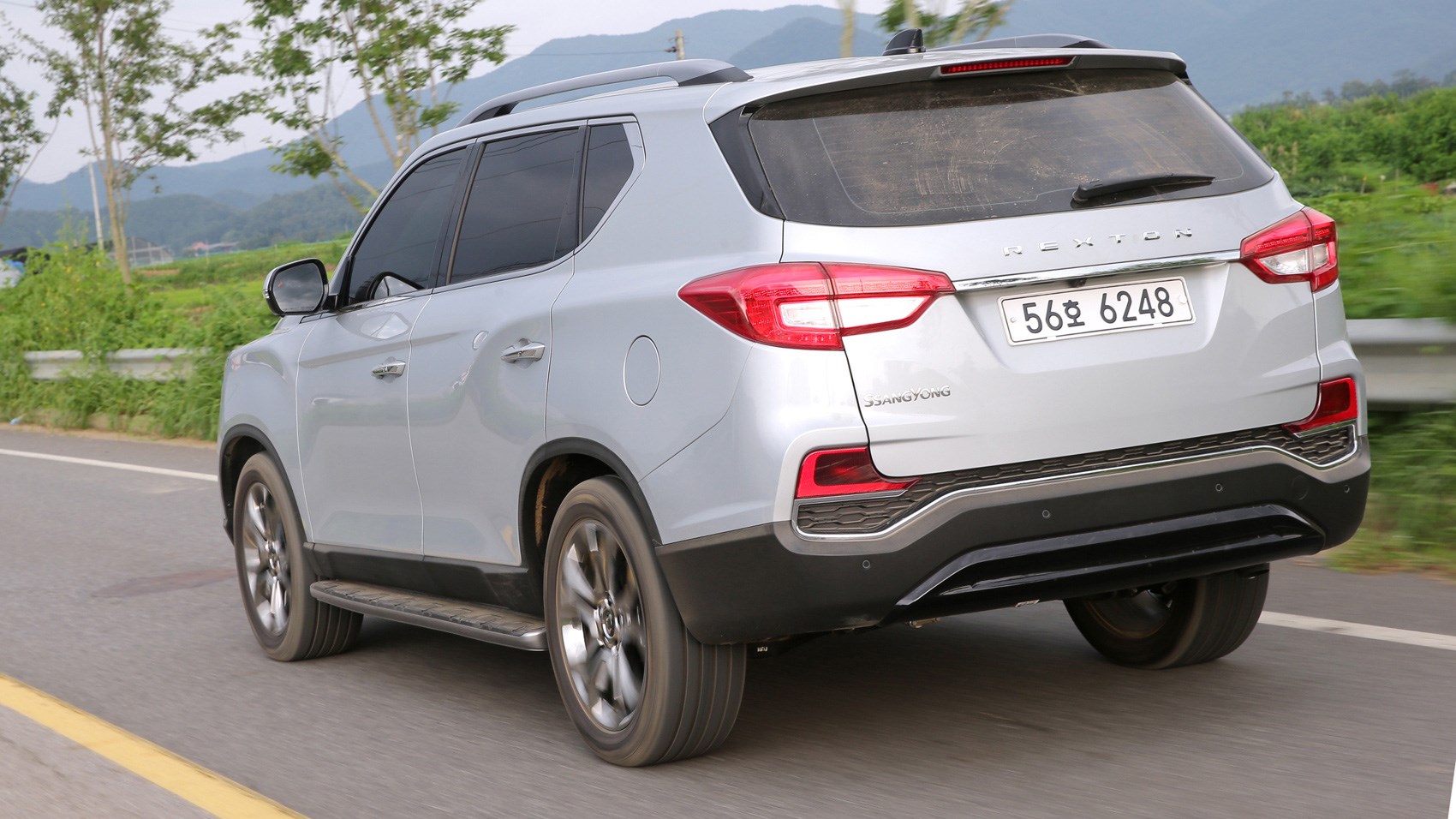► CAR’s 2017 Rexton test
► New 4×4 driven in Korea…
► …as we brave the DMZ
As sister Korean carmakers Hyundai and Kia go great guns to out-do each other, offering increasingly posh and desirable models built to stand up to the best Europeans can muster, there’s another company hoping to increase its slice of the pie.
And if this latest Ssangyong Rexton – a D-segment SUV with a few startling statistics – is anything to go by on our early test drive in its homeland of Seoul, South Korea, the indications look good.
Where does it sit in the marketplace?
It’s an alternative to a diverse list of cars. Available as an occasional seven-seater (though we’re testing it in five-seat mode with the associate gigantic boot), price-wise you could roughly compare it to the Kia Sorento and Hyundai Santa Fe.
But thanks to its imperious towing and off-roading capability – strengths the firm makes a big play of – other rivals could conceivably include the Jeep Grand Cherokee, Toyota’s venerable Land Cruiser or even a used Land Rover Discovery.

The last car to wear this nameplate suffered with ungainly styling, lacklustre performance and an oddly designed cockpit, so you could say improvement is an open goal, but if it’s going to compete with the big boys the transformation has to be more than just iterative. The game must be moved on.
The company’s CEO, Johng-sik Choi, agrees, outlining to CAR the ambition to more than double worldwide sales to 500,000 units over the next five years, with Western Europe an important market he hopes this new Rexton will play an important role in conquering.
What exactly is the SsangYong Rexton?
The basic recipe hasn’t changed. It’s a large 4×4 body-on-frame utility vehicle. That’s right – underneath the restyled exterior featuring the firm’s new family face – familiar from the B-seg Tivoli – and flanks countless times better resolved than the previous attempt, this car’s backbone is a ladder chassis connected to the shell by rubber mounts.
The main advantage to this fairly old-hat method of construction in a world of mainly monocoque crossovers is strength; the Rexton is built for proper off-roading but also to tow. A lot.

Its braked towing capacity has been homologated in UK as 3.5 tonnes, which puts it up there with the punchiest SUVs and pickups around. Cars able to pull this much are becoming ever harder to find, and in many cases – stand up latest Land Rover Discovery – also getting too prim, proper and expensive to consider for properly tough tasks.
With the options diminishing, there’s an ever-widening market for buyers looking for an honest, capable vehicle packed with toys, and that’s where the Rexton comes in. So let’s see what it’s like.
Wait: what are you doing in Korea? Isn’t it a little… fraught right now?
If you read western newspapers and watch the news, yes, you’d be forgiven for thinking the country’s 51 million citizens were collectively perched on the edges of their seats awaiting Armageddon in a fiery shootout with the North.
But within a few hours it’s clear this situation is nothing new for Koreans. They’re used to the rhetoric. Part of our drive took us to the De-militarised Zone (DMZ) buffering the two nations, and instead of ducking bullets and bombs we were a little taken aback to find a theme park and countless souvenir stalls.

Anyway, the first part of our drive involved a motorway run from Incheon airport into the centre of Seoul, so we climbed into the driver’s seat – it’s a long way up, so the side steps on our car were most welcome – and got comfy.
In fact, we got very comfortable because these seats are great. They’re an admirable blend of sponge and support in a similar vein to Volvo’s XC90, albeit situated far closer to the stratosphere. You really do have a commanding view of the road.
Is the Rexton really that nice to sit in?
From the outset the cabin design is a dramatic improvement. We were driving an Ultimate model, which has almost all of the bells and whistles you’d expect on a far more expensive machine. Quilted leather, 9.2” HD touchscreen with CarPlay and Android Auto, mood lighting – properly premium.
Poke about a bit and you’ll find the cheaper materials that allow for the Rexton’s reasonable list price, such as the shiny plastic switchgear, but overall it’s a decent effort.
How does it drive?
On the move it’s quiet too, albeit not quite at Audi Q7 levels of refinement, unless you’re working the smooth and punchy (but not in any way enthralling) SsangYong-built four-pot diesel motor – your only option at time of writing – a little too hard.
We’d advise against that anyway. The Mercedes-supplied seven-speed torque-convertor automatic ‘box is too dim-witted to keep up when you put your foot down.
Driven slowly it’ll swap cogs relatively smoothly, but we experienced a few unexpected lurches in traffic that we could have done without. This isn’t a deal-breaker, but more a reminder there’s still a little way to go before SsangYong’s world domination comes to fruition. Manual changes are via an outdated thumb switch on the gearlever – not exactly cutting-edge tech.

It’s a similar story with the Rexton’s ride. The independent multilink rear suspension (only on automatic cars – we’ve yet to test a manual-boxed five-link version) helps iron out some of the chopiness usually associated with body-on-frame construction and the seats also do a great job of softening blows, but the simple fact is there’s still an inherent mismatch in movement between shell and chassis.
However, this design also helps when you head off the road. Along the way we had a chance to test the Rexton’s talents on a muddy course with a number of relatively easy axle articulations, heavily rutted tracks and rock-masking undergrowth.
None of it came close to troubling the car, even when the switchable 4WD system was left in rear-wheels-only mode. We’d like the opportunity to really test this aspect, along with the high- and low-range 4WD modes, because all of the kit and spec is there for an incredibly proficient terrain-basher.
Enough with the ****ing beeps!
Just make sure you disable as many of the sensors and warnings as you can before taking on close-quarters work. While the cars we were driving were in Korean specification so may differ from the cars we’ll get in the UK in this respect, the amount of beeps, buzzes and bongs went rapidly from amusing to downright annoying.
While manoeuvring we also noticed a latency in the reversing camera included as part of the 360-degree bird’s-eye display that was a little troubling. Objects arrived far sooner than it appeared on the screen, so while the acoustic sensors worked perfectly, if you’re used to using the screen alone then you can expect a bump or two until you’re used to it.

Heading into Incheon on the final leg of our journey we hit major traffic for a couple of hours, which only served to highlight the Rexton’s sheer size and its ponderous, heavily weighted steering. This isn’t a car made for jams, despite the blindspot warning system helping to prevent us wiping out fellow road users during lane-changes.
Verdict
If you want a spacious, capable and tough-feeling 4×4 with absolutely no pretence whatsoever, the Rexton does the job well.
Whether or not you’ll enjoy having to explain that badge to all and sundry in your chosen lifestyle activity’s is another question entirely, though. SsangYong has a big brand-building job to do now, but this is an admirable step in the right direction.